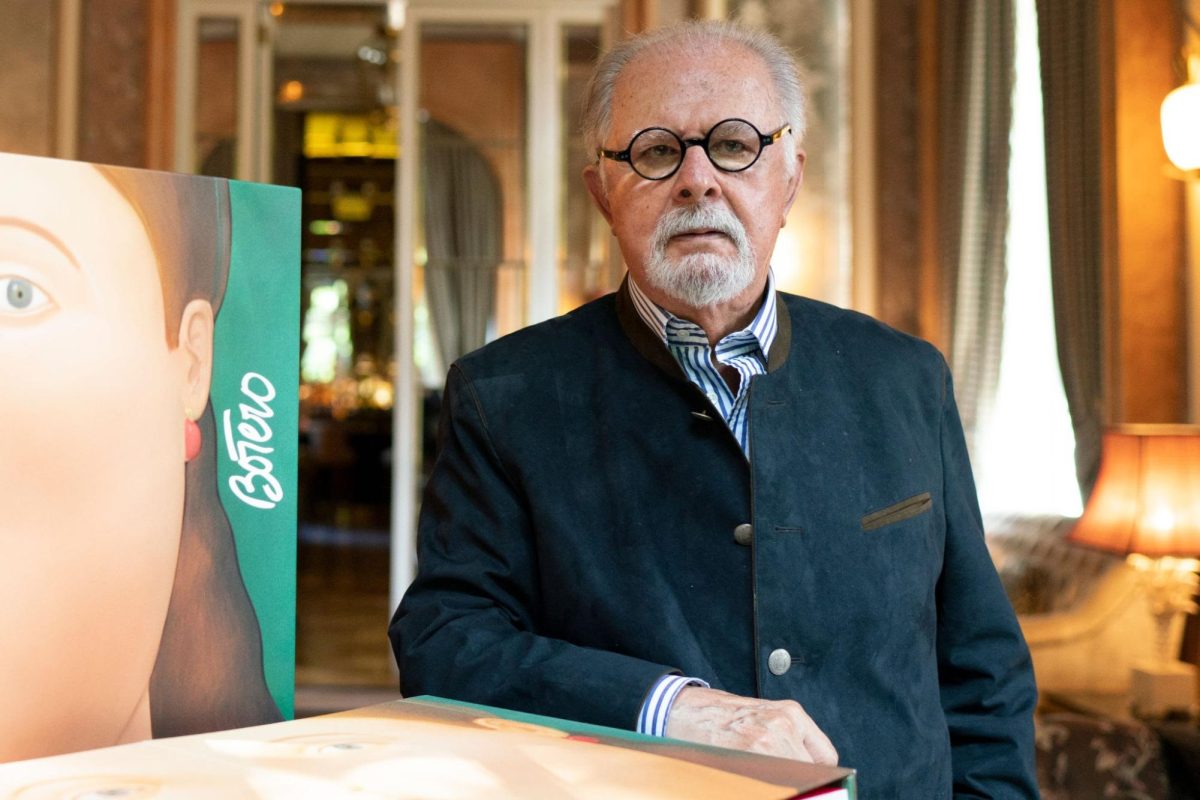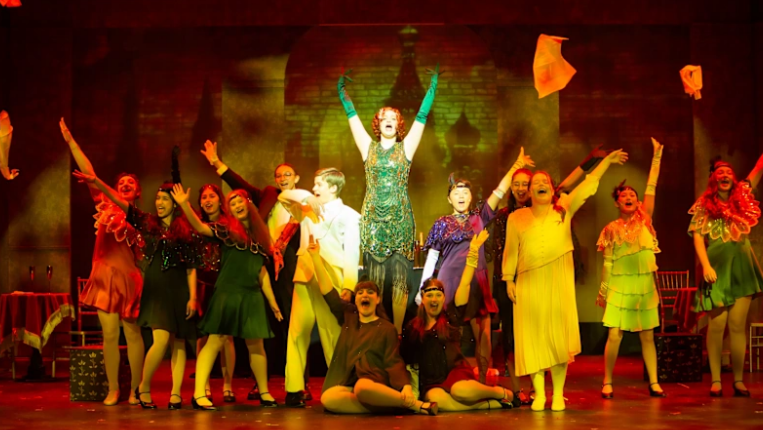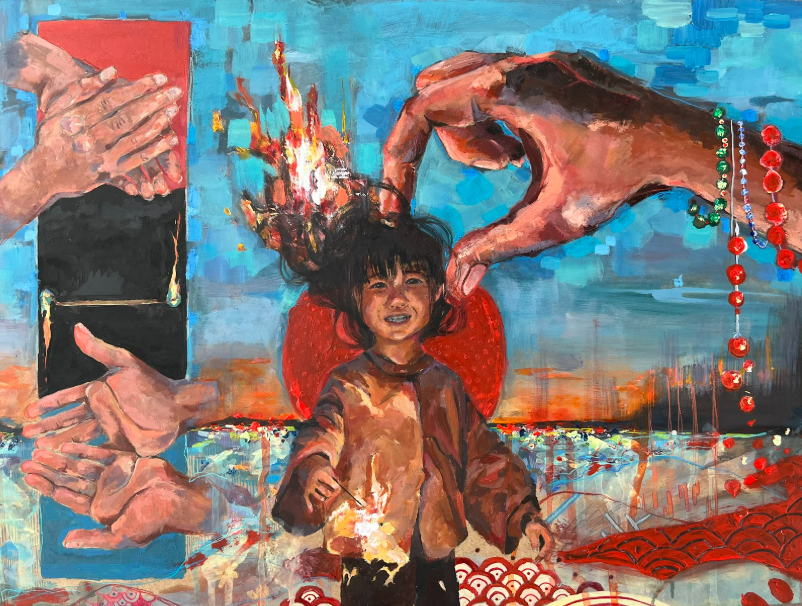On September 15, 2023, the famous Colombian painter and sculptor, Fernando Botero, died at his home in Monte Carlo, Monaco. Upon his death, many artists and politicians across the world showed their support for the influential artist. Gustavo Petro, the President of Colombia, called him “the painter of our traditions and flaws, the painter of our virtues. The painter of our violence and peace.” The Colombian Ministry of Culture declared three days of national mourning. In Medellín, the mayor declared a week of mourning in honor of Botero.
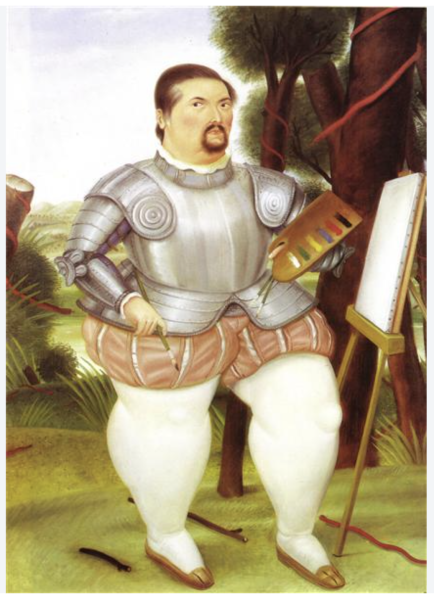
The artist was born in Medellín, Colombia in 1932. In 1944, he went to a school to train to be a matador but left after two years. A few years later, in 1948, his talents were first displayed at an exhibition held in Bogotá, Colombia. With the money he earned from his exhibition, he traveled to Madrid, Spain, and began studying at the Real Academia de Bellas Artes de San Fernando. While in Spain, he frequented the Museo Del Prado and took inspiration from the great Spanish artists like Francisco Goya and Diego Velázquez. He also spent hours in the Louvre while he was in Paris, France. Both Spanish and French art would influence some of his paintings such as Self Portrait as a Conquistador 1986) and Marie Antoinette visiting Medellín (1990). The years spent in Spain and France laid the foundation for his unique artistic style.
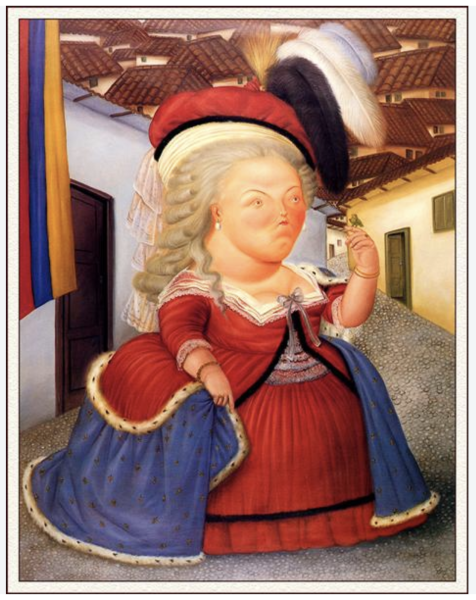
The 1970s and 1980s were an important time in Botero’s art career. Many of his paintings, drawings, and sculptures involved family and Colombian life and culture. Two of these paintings, Dancing in Colombia (1980) and Una Familia (1989) show his artistic style, called Boterismo.
According to The Art Story, Boterismo is an artistic style that shows the subjects with “exuberant and sensuous volumetric forms” and “rounded figures and objects that are often infused with a sense of affectionate humor and charm.” This is visible in Dancing in Colombia. In the painting, we can see disproportionately sized people dancing in a warped reality. The cello and guitars both lack certain details like strings and f-holes. Additionally, there are two disproportionately small adults dancing in the foreground.

Una Familia, completed nine years later in 1989, is another one of Botero’s famous paintings. Dancing in Colombia is a great example of how he painted objects, like the cello, guitars, and tuba, but also how he constructed the people in his paintings. In most of Botero’s paintings, his goa
l was not to capture life as it really appeared. He exaggerates the proportion of the family members, as seen in the larger-than-usual legs for the boy and his mom and the very muscular cat.
Botero’s distinctive style of larger-than-life subjects has captured the attention of millions of art

lovers worldwide. He also challenged the traditional view of beauty in many of his works. Although some people criticized Botero’s obsession with painting fat people, he argued that he doesn’t paint fat women and what he does is give them volume. Throughout his 60+ year career, he created iconic and unique pieces displayed in museums in his home country of Colombia to sculptures of Adam & Eve that are touched by thousands each year at the Time Warner Building in New York City, so much so that some parts are shinier than others, wink wink. He has left a permanent mark on the art world and his legacy continues to inspire generations of artists, ensuring that his contributions to the visual arts will be remembered for years to come.

